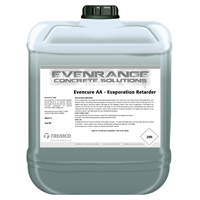
Evencure AA is a low viscosity aliphatic alcohol blend in an aqueous solution.
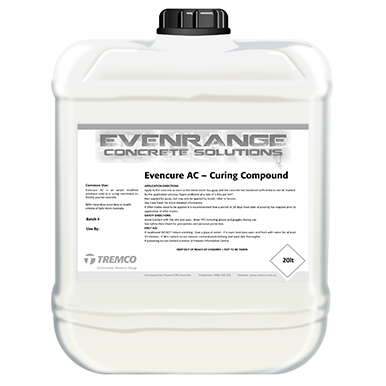
Evencure AC is an acrylic modified emulsion used as a curing membrane on freshly poured concrete.
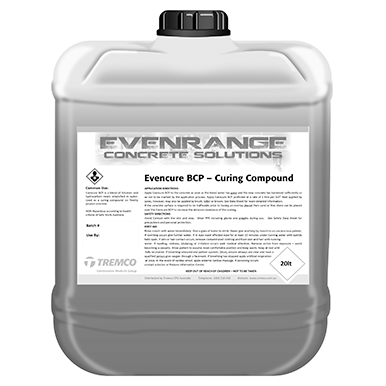
Evencure BCP is a blend of bitumen and hydrocarbon resins emulsified in water.
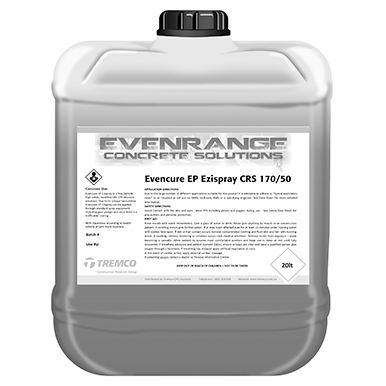
Fine Particle, High Solids, Modified Bitumen Emulsion
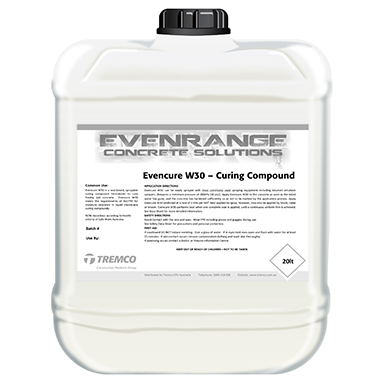
Evencure W30 is a wax-based, sprayable curing compound formulated to cure freshly laid concrete. It is a low to medium viscosity, white pigmented emulsion of specially blended waxes.
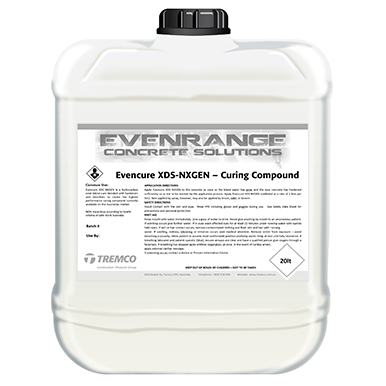
Evencure XDS-NXGEN is a hydrocarbon resin blend cure blended with hardeners and densifiers to create the highest performance curing compound currently available on the Australian market.
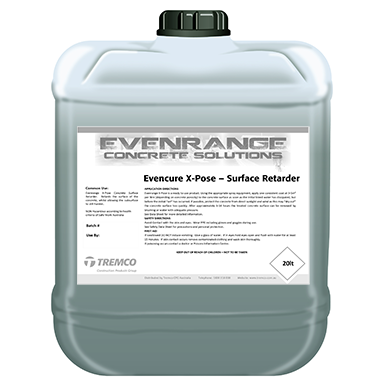
Evencure X-Pose Concrete Surface Retarder is a uniquely formulated liquid that retards the surface of the concrete, whilst allowing the subsurface to still harden.